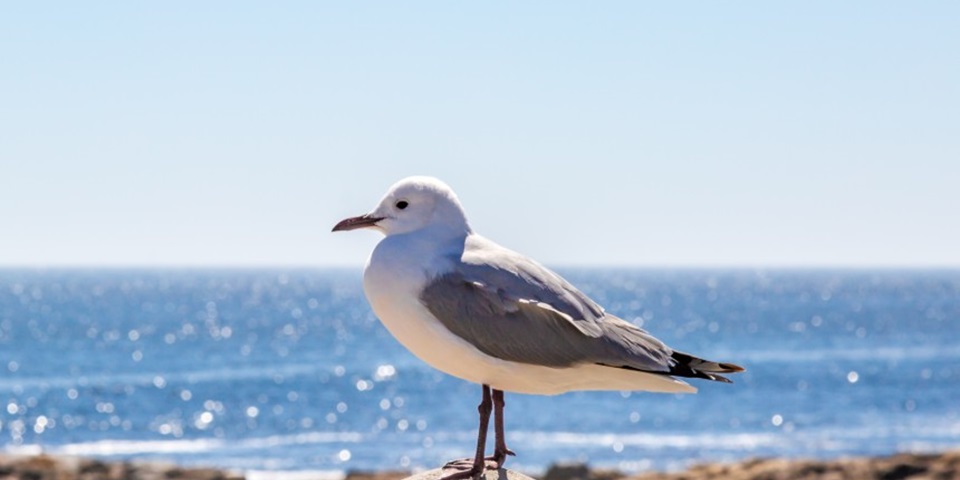News
Seagulls a potential superbug source

Seagulls on Australian beaches may be threatening more than your fish and chips, new research has revealed.
A team led by Murdoch University has found Australian silver gulls are infected with antimicrobial resistant bacteria that cause serious infections in humans such as urinary tract infections and sepsis. These resistant bacteria were similar to the ones causing disease in humans in hospitals, community and nursing homes.Murdoch University antimicrobial researcher Dr Sam Abraham, who led the investigation, said the problem was widespread around Australia.
“Seagulls act as ecological sponges (bio-accumulators) and we have earmarked them as a potential reservoir for agents that may cause human disease,” he said.
“This is the first comprehensive study establishing that seagulls across Australia are carriers of drug resistant disease-causing E. coli that could affect humans.
The study revealed that more than 20 per cent of seagulls tested around Australia were found to carry bacteria that were resistant to cephalosporins and fluoroquinolones, which are commonly used antimicrobial drugs in humans.
Resistance to carbapanem drugs was also detected in birds found in New South Wales and Victoria. Carbapanem is a class of drug used to combat antimicrobial resistant (AMR) infection in Australian hospitals when other drugs have failed.
The team also found evidence of a seagull at Cottesloe Beach in Western Australia carrying resistance to colistin, which is a last resort drug to fight AMR infection.
Scavenging habits spread disease
Dr Mark O’Dea said was the first time resistance to this drug has been recorded in an Australian wild animal.“Our results have raised the concern that seagulls could be acquiring this pathogen through their opportunistic feeding habits where they scavenge from leftover human waste and may then be subsequently spreading these resistant bacteria over vast distances,” Dr O’Dea said.
“Management of this issue will require examination of human waste sources to determine where gulls are acquiring these elements, and whether or not this can be managed.”
Seabird ecologist Dr Nic Dunlop said this could affect livestock and agriculture produce.
“humans are now transmitting their pathogens to commensal wildlife around Australia’s major cities and these drug resistant microbes are likely to be returned with interest through contaminated surfaces, water and food,” Dr Dunlop said.
NSW Department of Primary Industries, the University of Adelaide and the Statens Serum Institut in Demark were also collaborators in the research.
The paper has been published in Journal of Antimicrobial Chemotherapy.